Description
Instrumentation technicians work on pneumatics, electronic instruments, digital logic devices and computer-based process controls. Because so much of their work involves computerized devices, they need an extensive knowledge of electronics, and most have degrees in electronics technology. Most textbooks in this area are written for four year institutions and lack the practical flavor that is needed in technical schools or community colleges.
Designed as a text for use in community colleges or vocational schools, this up to date text is unsurpassed in its treatment of such subjects as: instruments and parameters, electrical components(both analog and digital) various types of actuators and regulators, plumbing and instrumentation diagrams and Operation of process controllers.
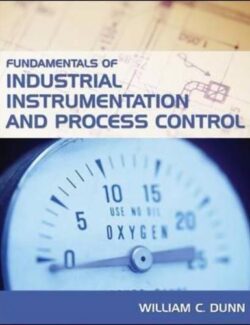
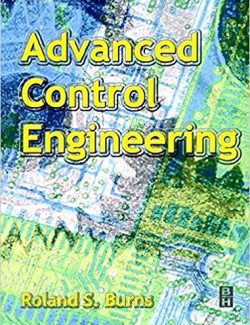
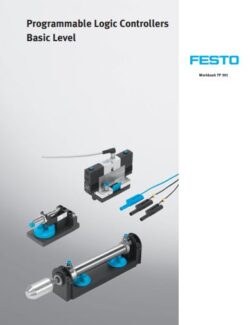
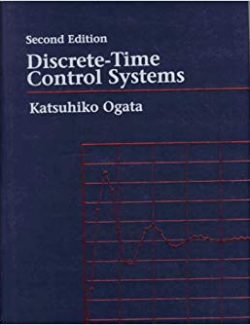
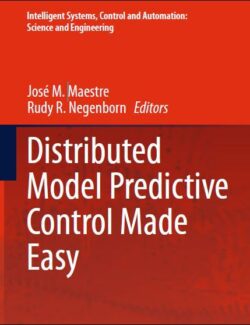
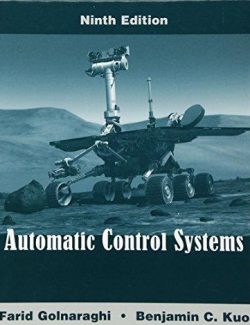
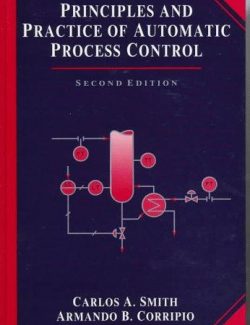
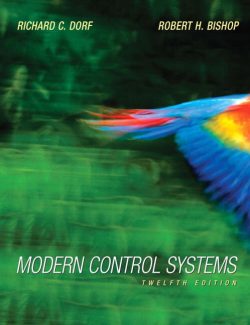
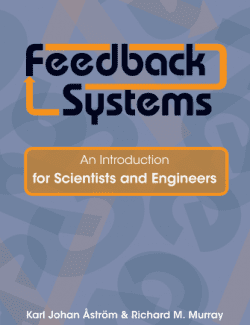
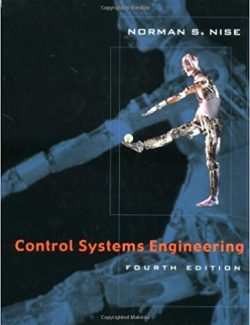
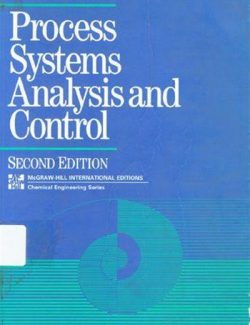
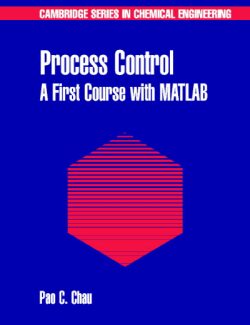
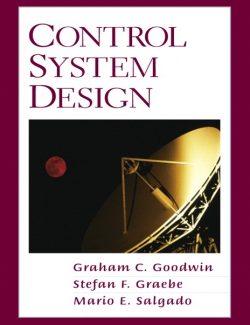
Leave us a comment
No Comments